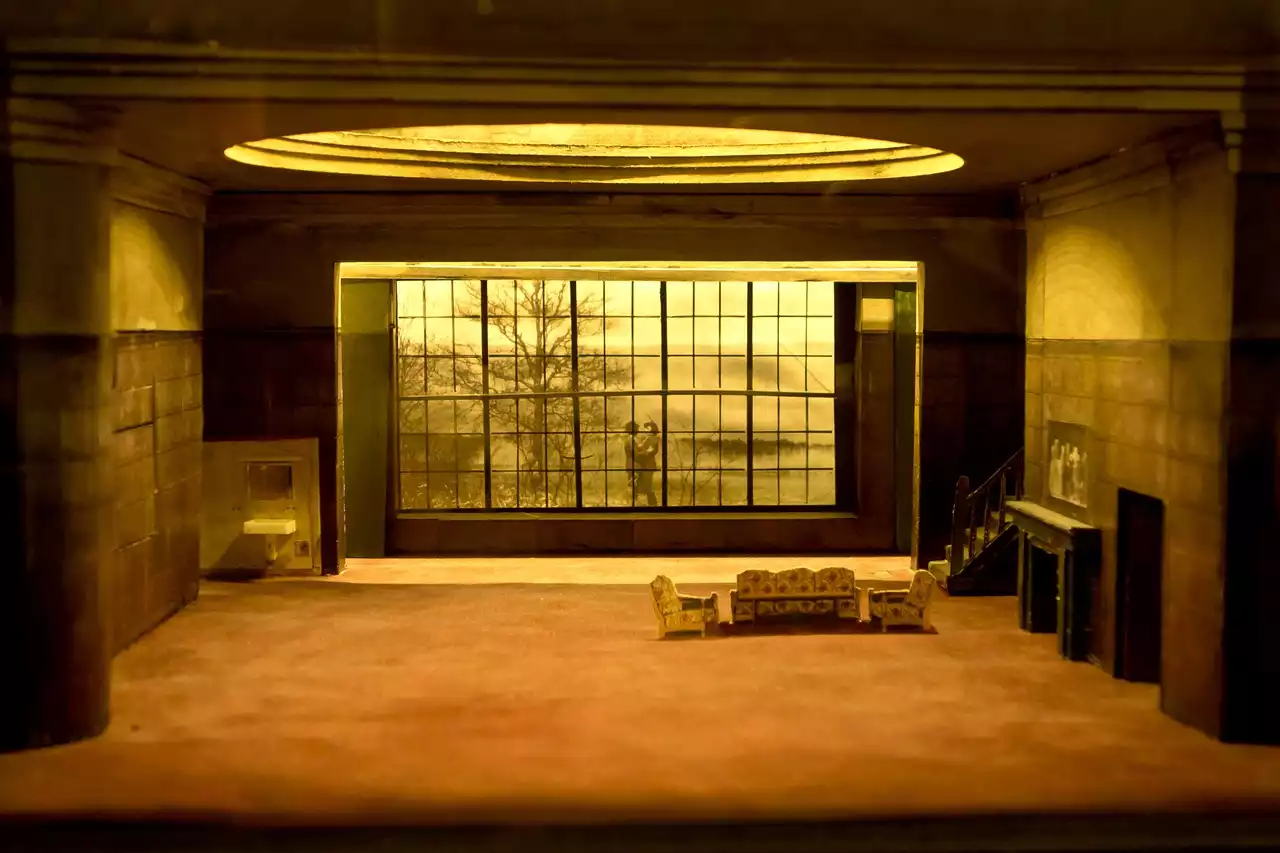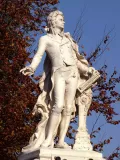You probably think of the Middle Ages as a dark, miserable time. But for most people, life was pretty good. The economy was booming, people weren’t afraid of getting sick or dying young, medicine and hygiene were making huge strides and there was plenty of leisure time. In those days before TV, movies, video games and other electronic entertainment, what did people do for fun? They went to the theater (although not in the sense that we know it), they sang songs, told stories and danced. In short, they entertained themselves with music and other performances. Today we have many words for different kinds of performances, plays, concerts, recitals, dance performances, pageants, masquerades, and puppet shows. But in Medieval times these all fell under the umbrella of “entertainment” which meant any kind of social activity where the primary goal was to amuse an audience.
What Was the Difference Between a Masque and a Mystery?
The difference between a masque and a mystery was the medium. Masques were performed indoors, mysteries were performed in churches. Other than that, the two genres had a lot in common. Both were religious dramas. They came out of the Medieval Church’s need to help people understand the Bible. Before printed Bibles were widely available, most people could only read at the level of a small child. They couldn’t read the Bible, so the Church told Bible stories in other ways. They made visual symbols of the stories and pictures called “illuminations.” They made sculptures and paintings of the characters Saints, deities, and other people who figured prominently in the stories. And they told Bible stories through plays, called mysteries and masques.
Plays
Plays were like modern-day dramas and comedies, stories told with words, music and dance. Plays were performed in conjunction with other entertainment forms. They were often performed in the afternoons or evenings after the rest of the day’s entertainment was done. Theatrical performances were called “plays” (from the word “pleas”), “interludes” (a word that meant “diversion”), or “comedies” (again, a word that meant “diversion”). They were usually short, lasting only a few hours. A few lasted an entire day.
Music in Plays
Playwrights wrote music into their plays. Plays often included singing and dancing as well. Sometimes the songs were about the story being told. For example, a play about the fall of Troy might have a song about the wooden horse. Other times playwrights wrote songs about love or about what people were thinking. Playwrights sometimes wrote music that could be used in other plays. Shakespeare, for example, is believed to have written his plays to be performed with pre-existing music. Some of his writing suggests that he expected musicians to improvise along with his songs.
Songs for Diversion
People likely sang songs for diversion all the time as they worked around the house, as they walked through town, and as they messed around in boats or with their animals. They sang songs like “Row Row Row Your Boat”, “London Bridge is Falling Down”, and “She’ll Be Coming ‘Round the Mountain When She Comes”. They sang songs that were sung or played at court “The King’s Taxes” and “The King’s New Taxes”. They also sang religious songs. There are a few collections of medieval music that survived. They’re not complete, but they give us some idea of what people sang about, and what kinds of music they sang. Manuscripts 1235, 1253 and 1286 (which date from the 13th century) include several pieces of music called “lais” French songs about love.
The Dancing Breaks
Dancing was an important part of many performances. The French aristocracy loved to dance. They danced not only for pleasure but also as a form of exercise. The aristocracy found dancing a good way to keep in shape. Dancing was a social activity people danced in groups. They danced at balls and parties, and also as part of religious celebrations. They danced in the street, and they danced in churches.
Music as Church Entertainment
The Church also used music as an entertainment form. The Church was a big part of people’s social lives, and it was a place where people went to be entertained. The Church had organs, and church services included singing, hymns and chanting. The Church also put on plays, and it performed ceremonies that included singing and dancing. The Church was an important part of people’s social lives. It was a place where people went for diversion, for entertainment. It was a place where people went to relax, have fun and meet other people.
Summing up
The Middle Ages are often portrayed as a time of darkness and gloom, but in reality, it was a time of great economic prosperity and social stability. For most people, it was a time of joy and happiness. In those days before movies, TV, and video games, people entertained themselves with masques, plays, and other theatrical performances. They went to the theater to enjoy plays, comedies, and other theatrical performances. They also sang songs and told stories. They danced and performed religious ceremonies that included singing and dancing. Music was the best entertainment in Medieval times. It was a vital part of life, and people listened to it, played it and sang it every day.


 Classical Music Playlist of March 4, 2024
Classical Music Playlist of March 4, 2024
 Everything You Need to Know About Rhinoplasty
Everything You Need to Know About Rhinoplasty What Does a Salon Pedicure Involve?
What Does a Salon Pedicure Involve? The Most Entertaining Music Concerts in History
The Most Entertaining Music Concerts in History The History of Music Throughout the Ages
The History of Music Throughout the Ages How Music has entertained the World
How Music has entertained the World Classical Music Composers and their Concertos
Classical Music Composers and their Concertos